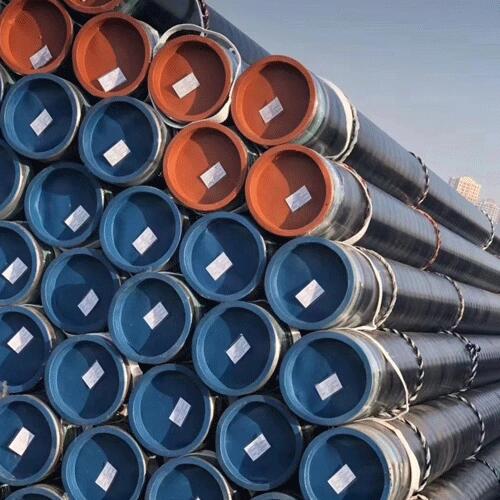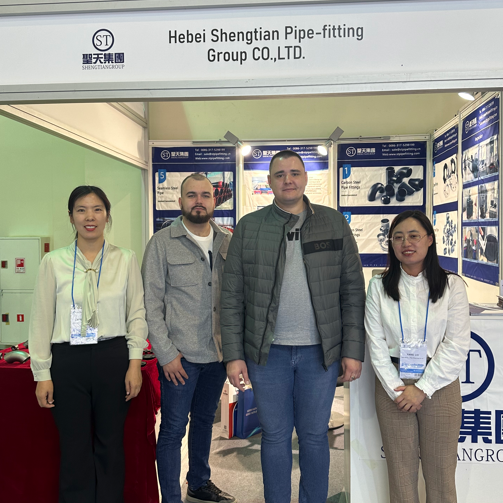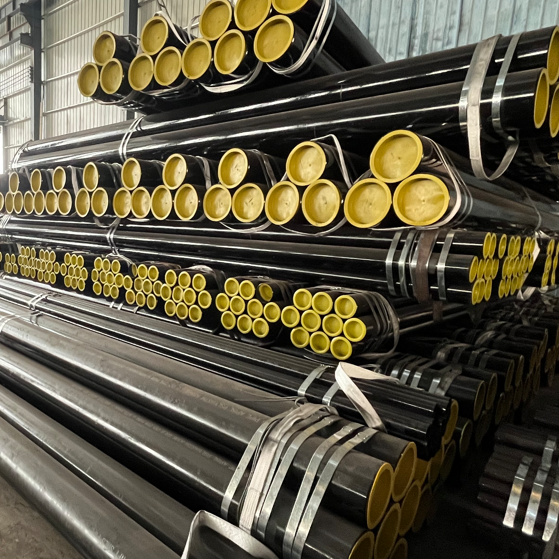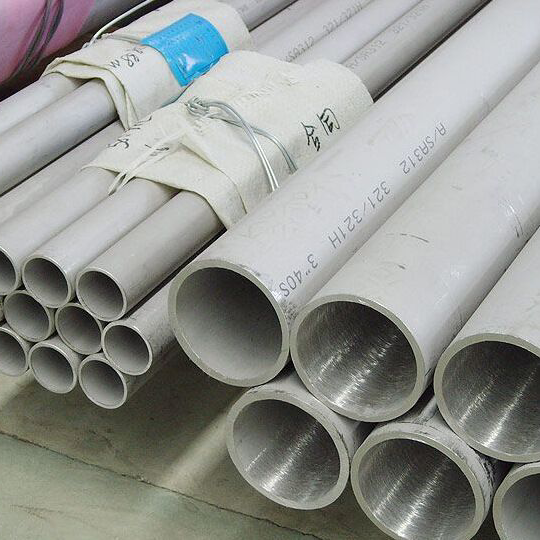1. Heating of steel tube blank
Heating shall be uniform, and rapid temperature rise and fall are prohibited. The temperature rise and fall shall be stable and slow each time, and the maximum temperature rise and fall shall not exceed 30 ℃.
2. Centering mix
Determine whether the centering concrete is installed in place, adjust the center, opening angle and opening size of the relevant core holding concrete to be consistent, and the center of the core holding wheel shall be on the rolling line.
3. Steel pipe rolling center line
Ensure that the rolling center line of the piercer is consistent with the center line of the piercing trolley, avoid "up rolling" or "down rolling", and ensure that the force on the tube blank is uniform during piercing.
4. Steel pipe rolling tools
The worn plug, guide plate, rolling tool and other rolling tools shall be replaced in time.
5. Installation of steel pipe rolling tools
The center of wheel track and guide distance must be on the rolling line. Ensure that the center line of the guide distance and wheel track is on the piercing rolling center line, that is, the upper and lower wheel tracks are equal, and the left and right guide distances are equal.
6. Perforated ejector rod
Generally, thick walled pipes with an outer diameter of D108mm-o114mm, wall thickness ≥ 25mm and uniform wall thickness are selected as the piercing ejector.
7. Mill mandrel
The mandrel shall be processed by thick wall tube with thicker wall thickness. For the mandrel with smaller specification, solid blank can be used instead. Thick walled tubes and solid billets with uniform wall thickness can greatly reduce the probability of mandrel bending deformation and effectively improve the wall thickness accuracy of steel tubes.
8. Accuracy of mandrel
The slenderness ratio of the mandrel is large. Generally, the outer diameter of the mandrel is turned first, then the opening is welded, or the mandrel is formed by direct turning of long materials. The external processing accuracy of the mandrel shall be controlled within ± 0.1mm, and the straightness deviation of the mandrel shall not exceed 5mm. During welding, insert a finishing pin between two sections of mandrels for positioning to prevent excessive total straightness deviation caused by welding.
9. Improve process
Improve the process to prevent intermediate thinning and wall thickness increase beyond the control range, and improve the wall thickness accuracy
 ASTM A106 Thick-walled steel pipe production steps
ASTM A106 Thick-walled steel pipe production steps
 Shengtian Group successfully participated in the Russian Oil and Gas Exhibition
Shengtian Group successfully participated in the Russian Oil and Gas Exhibition
 Is API 5L Black Steel Pipe Good For Air Lines?
Is API 5L Black Steel Pipe Good For Air Lines?
 8 differences between ASTM A312 304 and 316 stainless steel pipes
8 differences between ASTM A312 304 and 316 stainless steel pipes